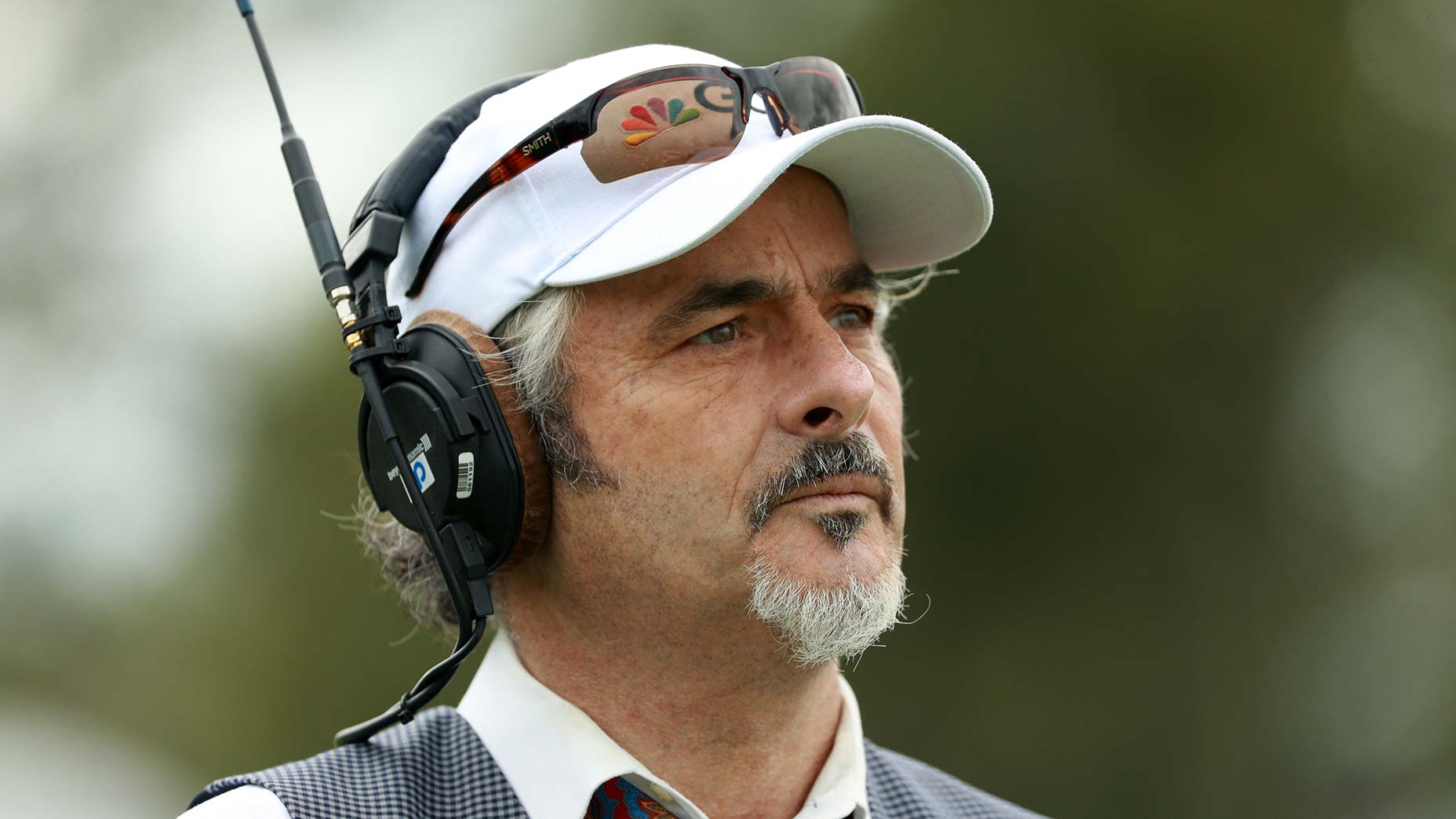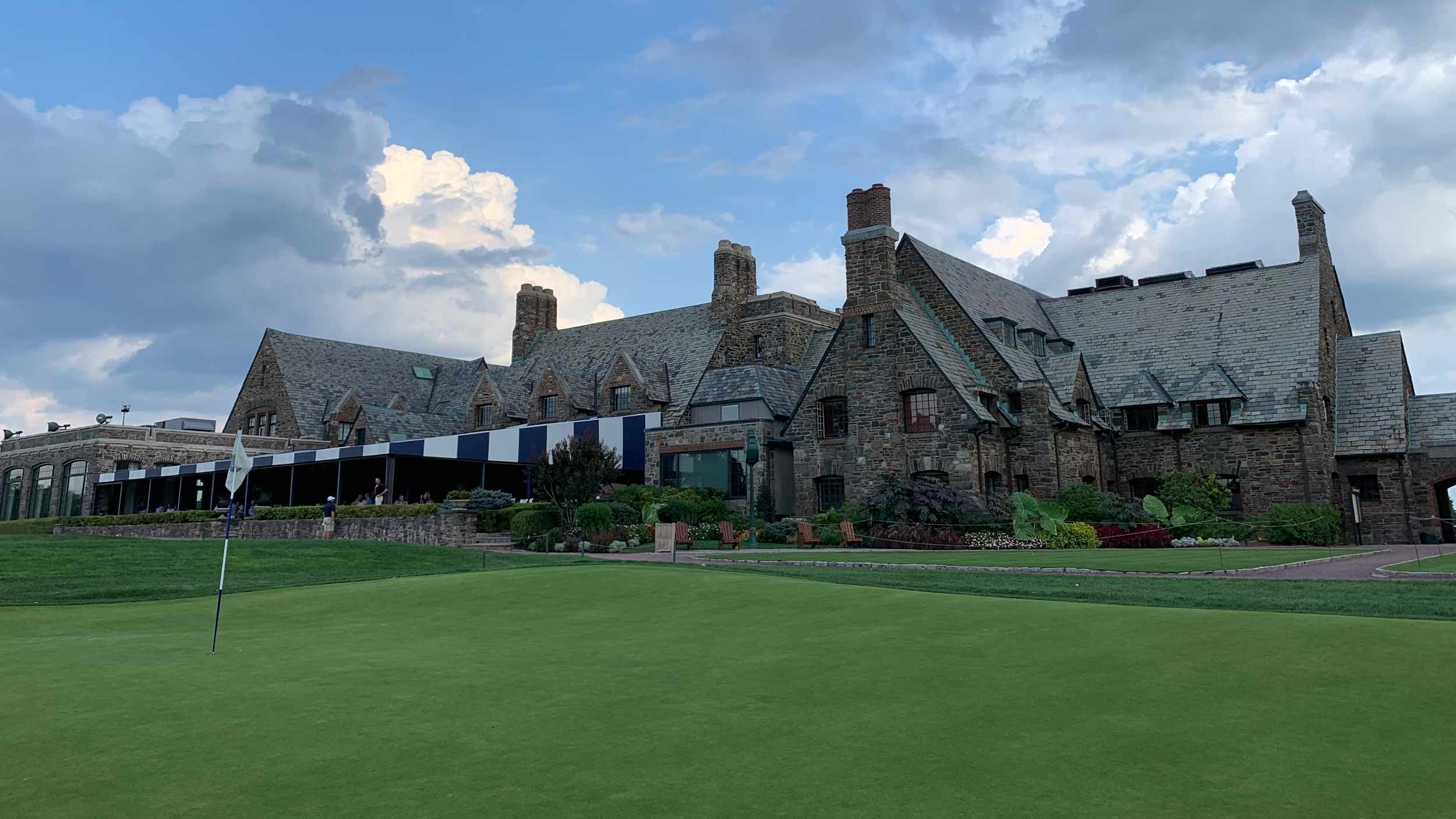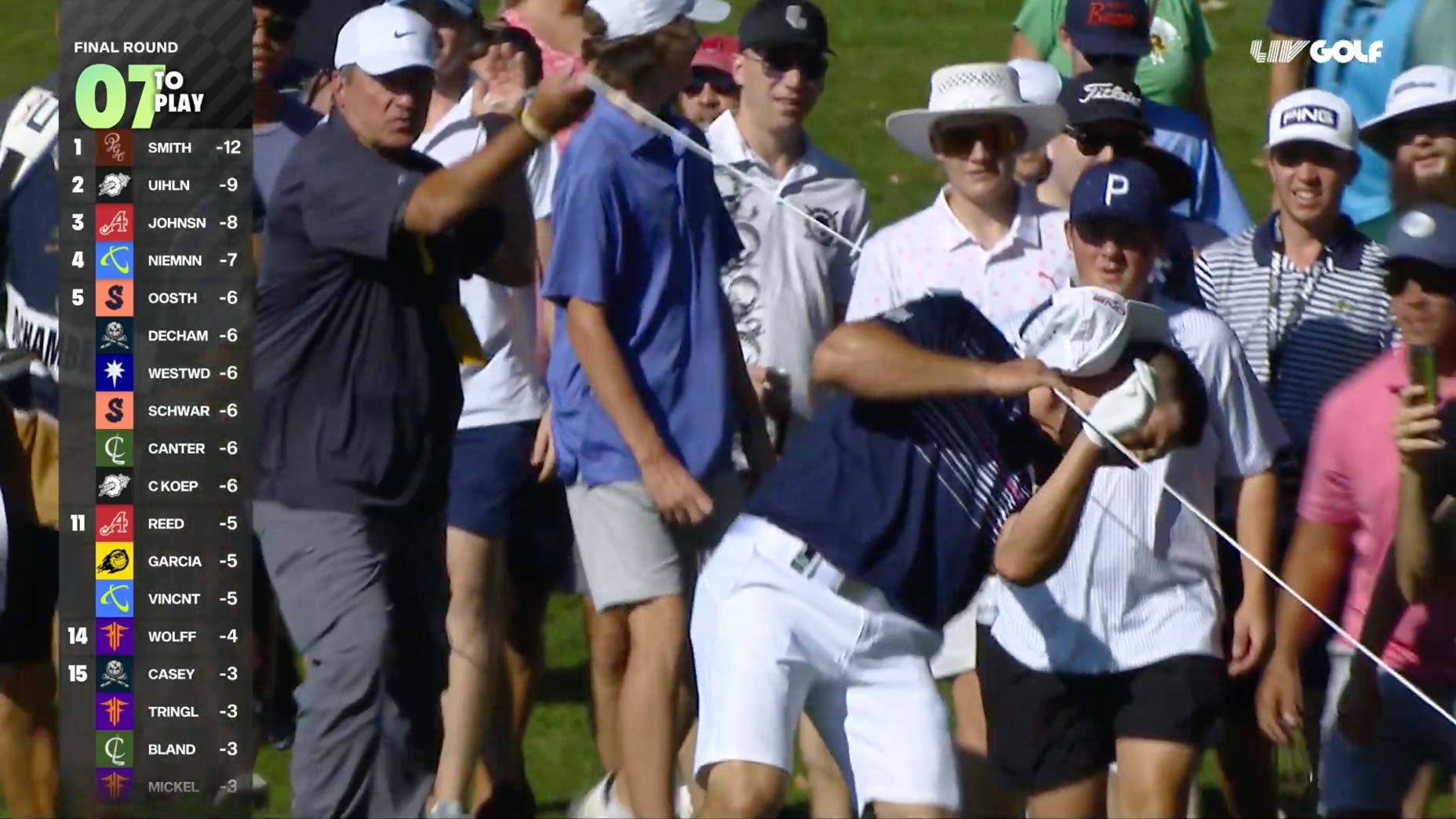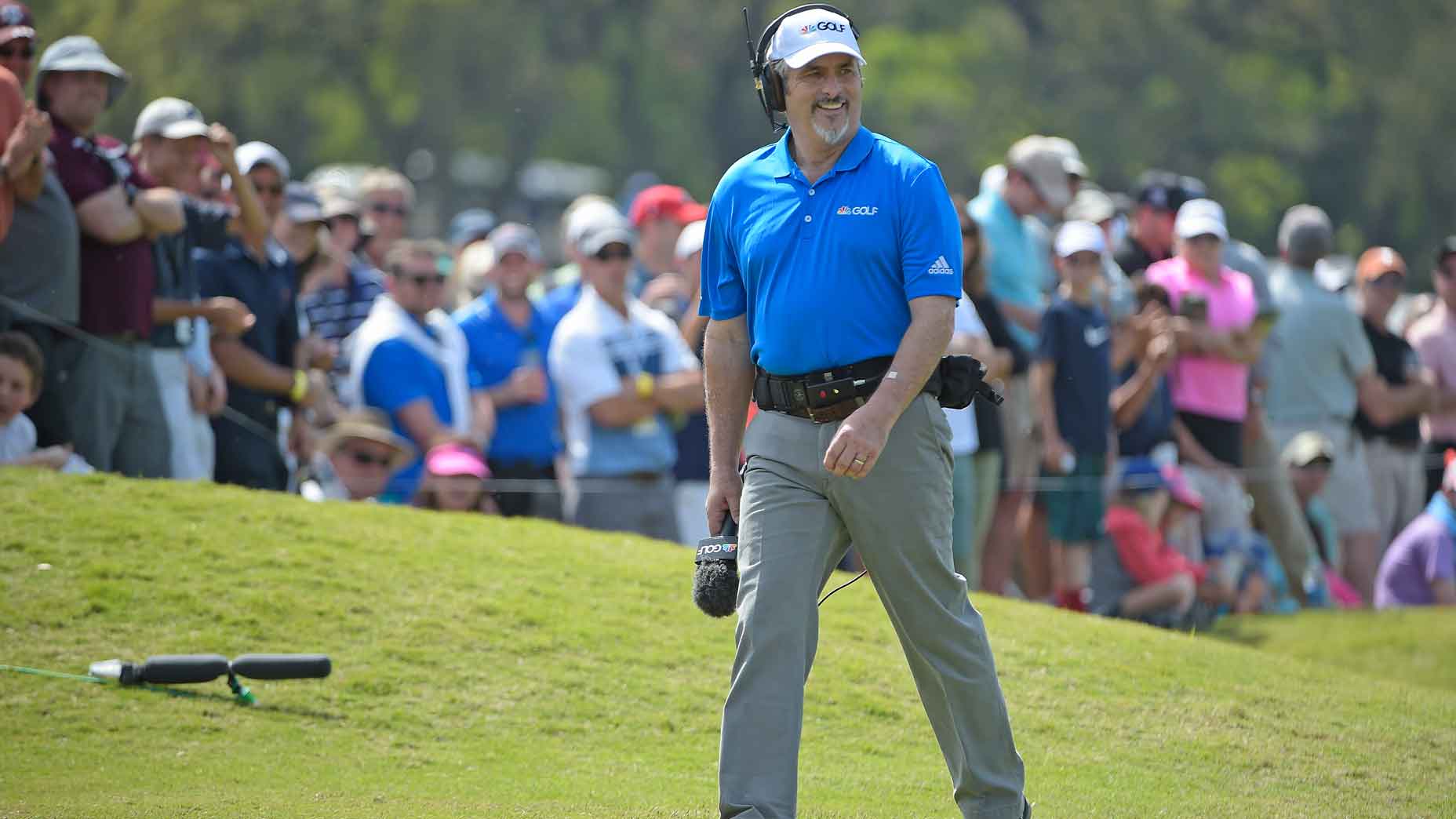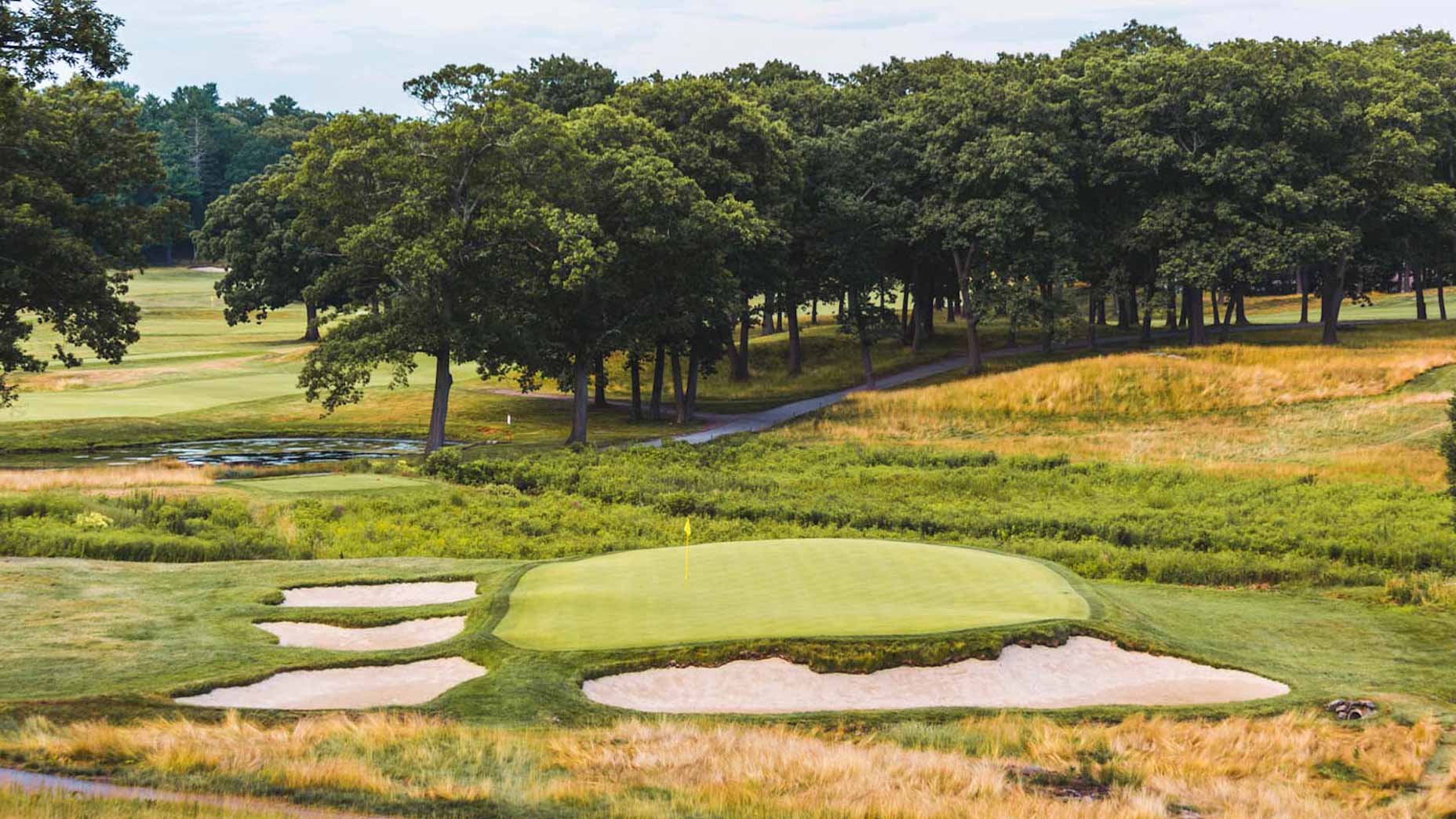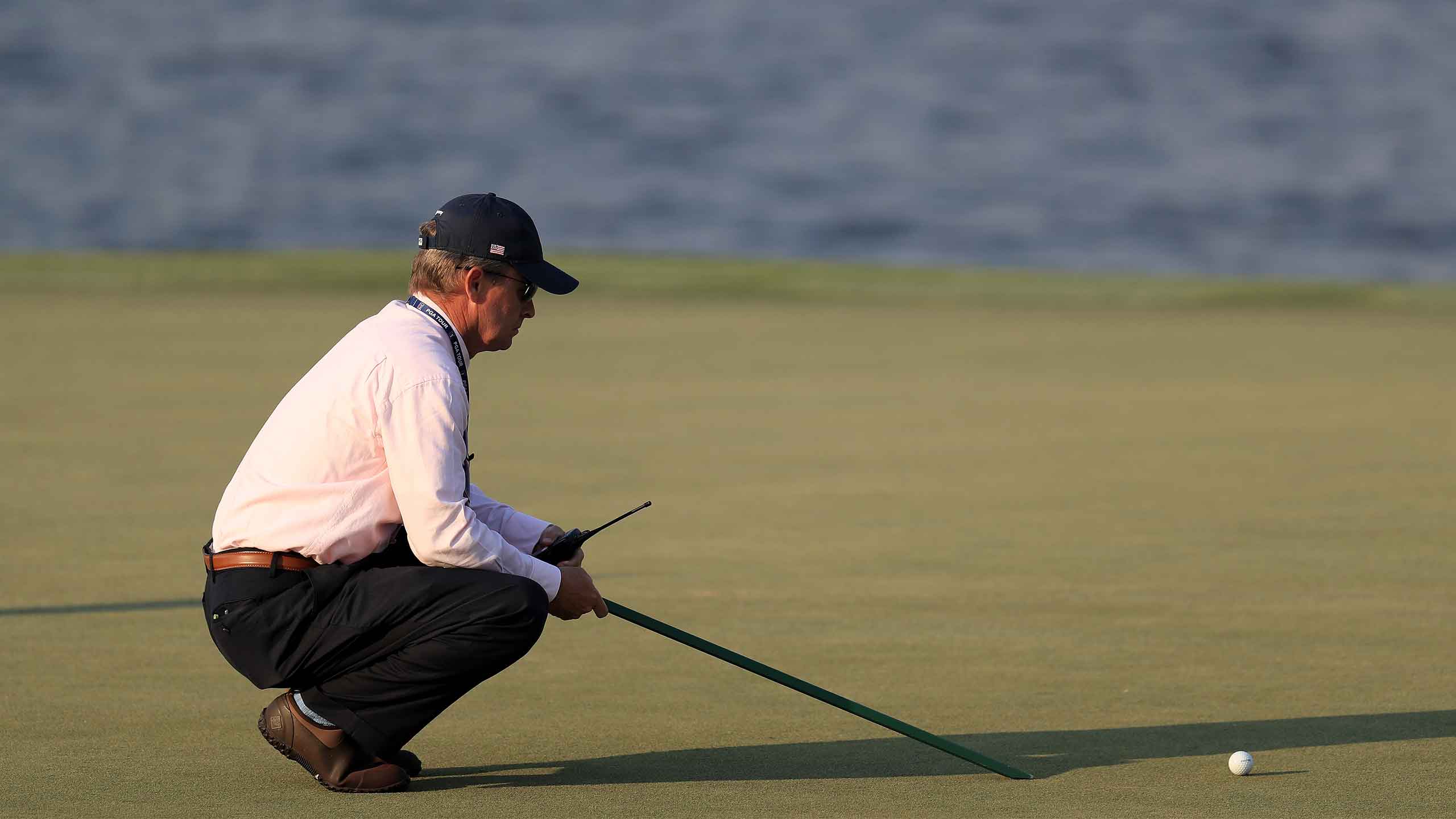Temperatures for this year’s U.S. Open should hover comfortably in the mid-70s. In other words, perfect for blowing off some hot air.
For years, the USGA, led by CEO Mike Davis, has prioritized raising blood pressure in the national championship setup. This year looks no different, with narrow fairways, brutal rough and slippery greens greeting all who wish to conquer Winged Foot’s famed West Course.
But while unmitigated carnage would surely be entertaining for the eyes, it might be rough on the ears.
“I expect a lot of whining,” David Feherty said on an NBC Sports call with media Wednesday. “There will be whining, no question about that. There always is when you got a golf course that’s so penal off the tee.”
On a media call, Roger Maltbie says it's "widely anticipated" among players that the winning score at next week's U.S. Open will be over par.
— James Colgan (@jamescolgan26) September 9, 2020
"I expect a lot of whining," David Feherty adds. #carnage
In fact, the U.S. Open’s difficulty has become such a popular conversation topic, it often fragments into a separate argument: is the course hard enough?
As far as Roger Maltbie is concerned, there will be no such argument this year, because this may very well be one of the most difficult U.S. Opens ever.
“I am more than excited to see Winged Foot next week. It’s provided some of the sternest tests ever in USGA history and I would expect nothing less than that this coming week,” Maltbie said. “It’s kind of widely assumed, and this comes from many different sources and guys that have gone to Winged Foot, players that have gone to Winged Foot in advance, that they’re fully expecting over par to win the championship.”
It may not be groundbreaking for a player to claim the Open with a final score over par, but it’s far from the norm. In the last two decades, just five U.S. Open winners have finished with a score over par.
Heading into U.S. Open week, Feherty and Maltbie are in agreement that the course is one of the biggest storylines. In 2017, Gil Hanse helped restore A.W. Tillinghast’s original 1923 design.
“I’m looking forward to seeing the golf course. I’m a huge A.W. Tillinghast fan,” Feherty said. “He was bipolar, so that’s one thing we have in common. I mean, I heard a story that he climbed a tree and had a couple of whiskies before he got to work in the morning, so that’s another thing we have in common.”
10 thoughts from fire-breathing Winged Foot as it readies for yet another U.S. Open close-upBy: Alan Bastable
Jokes aside, the subtlety and complexity of Tillinghast’s original design will be front and center with the world’s best making their way to Mamaroneck, N.Y. If the bogeys start coming, so too could the frustration.
Of course, the last time a U.S. Open winner finished over par was in 2018, when Brooks Koepka conquered a brutally challenging Shinnecock Hills en route to his second consecutive title. The setup that week featured more than its fair share of complaints from the PGA Tour constituency, including Zach Johnson’s memorable “lost course” rant.
With a week left before the official start of the national championship, Steve Rabideau and the Winged Foot grounds crew have Maltbie and Feherty preparing for an old-school test (and a healthy airing of grievances).
“There are some definite, distinct flavor always to U.S. Opens, when you drove it off the fairway you knew what you were going to get, and it wasn’t good,” Maltbie said. “It’s going to be a more traditional test of U.S. Open skills, which I welcome and can’t wait to see. So all in all, really excited about next week.”
